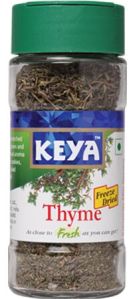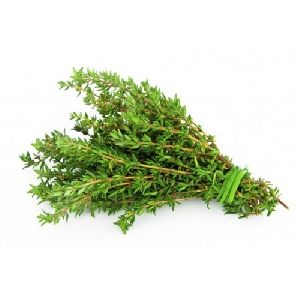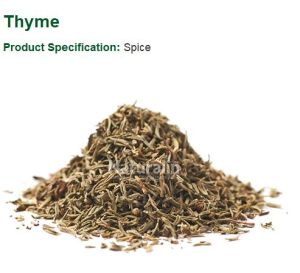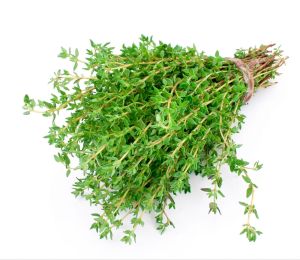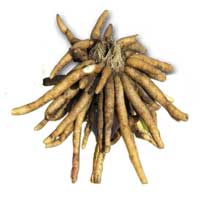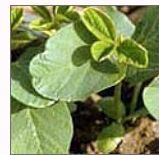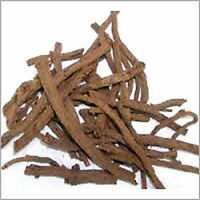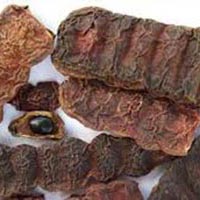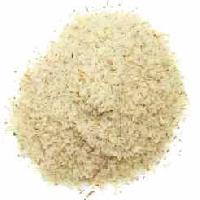Listing ID #3804136
Company Information
Ask for more detail from the seller
Contact SupplierThe aromatic and versatile leaves of the several aromatic Eurasian herbs or low shrubs, having small, white to lilac flowers grouped in head like clusters. The perennial herb is native to southern Europe and the Mediterranean.
Garden thyme is the most common variety which is a bush with gray-green leaves giving off a pungent minty, light-lemon aroma. Sub-varieties include the narrow-leafed French thyme and broad-leafed English thyme.
While the other variety is called Wild Thyme or Creeping Thyme. It is a low, usually prostrate subshrub growing to 2 cm tall with creeping stems up to 10 cm long, with oval evergreen leaves. Of wild thyme the most famous sub-variety is a thick ground cover-is lemon thyme, an herb with a more pronounced lemon aroma than garden thyme. Thyme is most widely used as a spice or seasoning in cooking. Whatever the variety, thyme is widely used in cooking to add flavor to vegetables, meat, poultry and fish dishes, soups and cream sauces. It’s a basic herb of French cuisine. It is available fresh, dried and powdered and is one of the few herbs that retain most of the flavor even when dried.
It is extensively cultivated both commercially as well as in kitchen gardens, for culinary as well as medicinal purposes. Following are some of the varieties of thyme:-
One of the earliest recorded use of thyme was in 3000 BC in Sumeria. The Sumerians used it as an antiseptic. The early Egyptians used thyme as an embalming agent during the mummification process for preserving their ancient pharaohs. Thyme was a very popular herb with the ancient Greeks and Romans. Greeks used it for massage and in bath oils, as incense and for medicinal purposes because of their aromatic properties. The Greeks often used the phrase “To smell of Thyme” as praise. Thyme was also considered the source of the best honey in ancient Athens. The ancient Romans would bathe in water scented with thyme before going into battle. Thyme was extensively used to lend an aromatic flavour to cheese and liqueurs. During the medieval times, thyme was associated with bravery and it was a ritual for women to give their knights a scarf that had a sprig of thyme placed over an embroidered bee. In the middle ages the herb was placed beneath pillows to aid sleep and ward off nightmares. It was also placed on coffins during funerals as it was supposed to assure passage into the next life. 16th century onwards thyme oil has been used as a mouthwash and for a range of medicinal purposes for its antiseptic properties.
Nutritional Profile
The range of various health-supportive nutrients found in thyme is simply impressive. It is an excellent source of iron, phosphorous, potassium, zinc and manganese, a very good source of calcium and a food source of dietary fiber. In fact, 1 teaspoon of fresh thyme does contain a small amount of the daily dosage required of Vitamins A and C.
Storage of ThymeKeep fresh thyme wrapped in a damp paper towel and place it in the refrigerator in order to keep it fresh for longer. Dried thyme can be bought in airtight glass jars from the supermarket.



